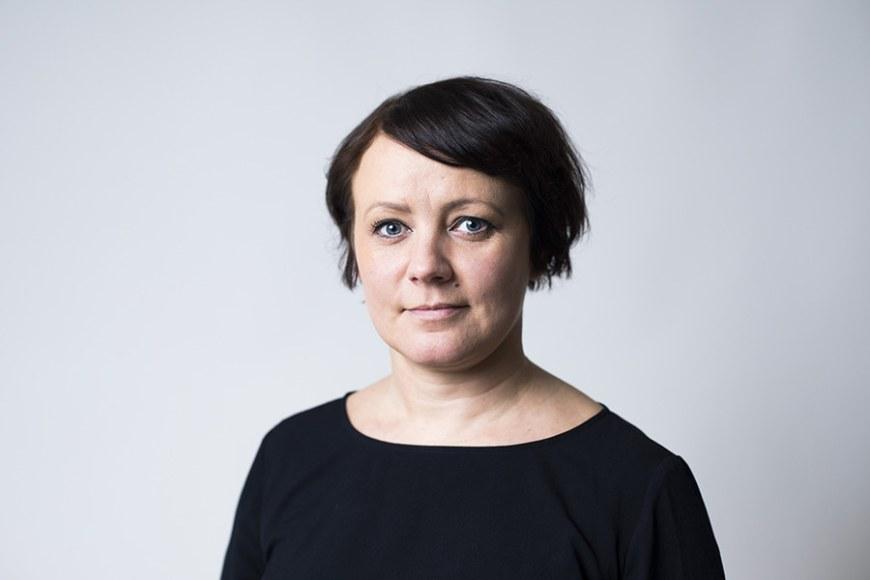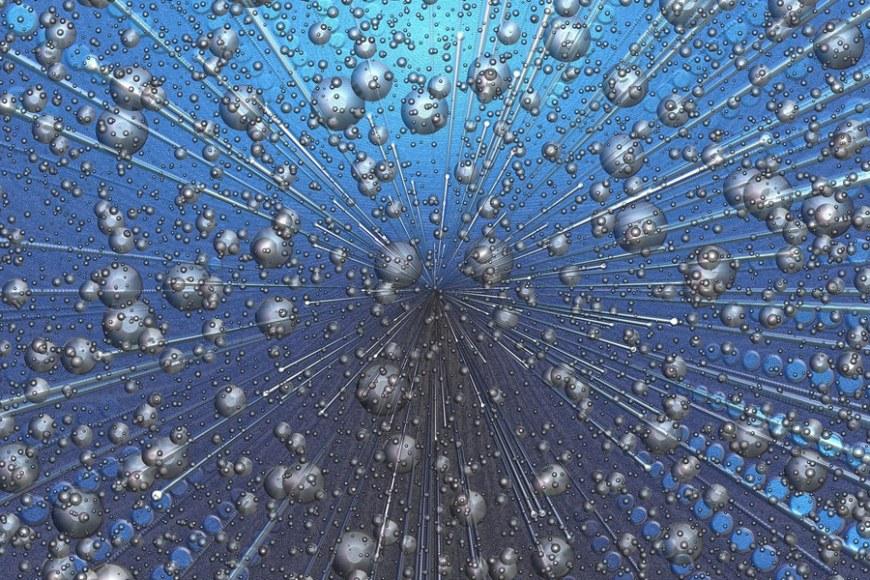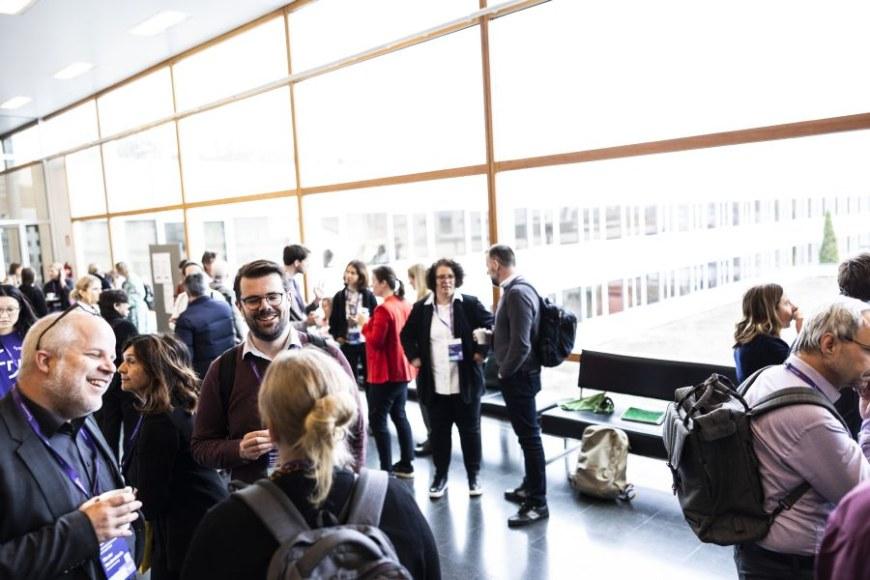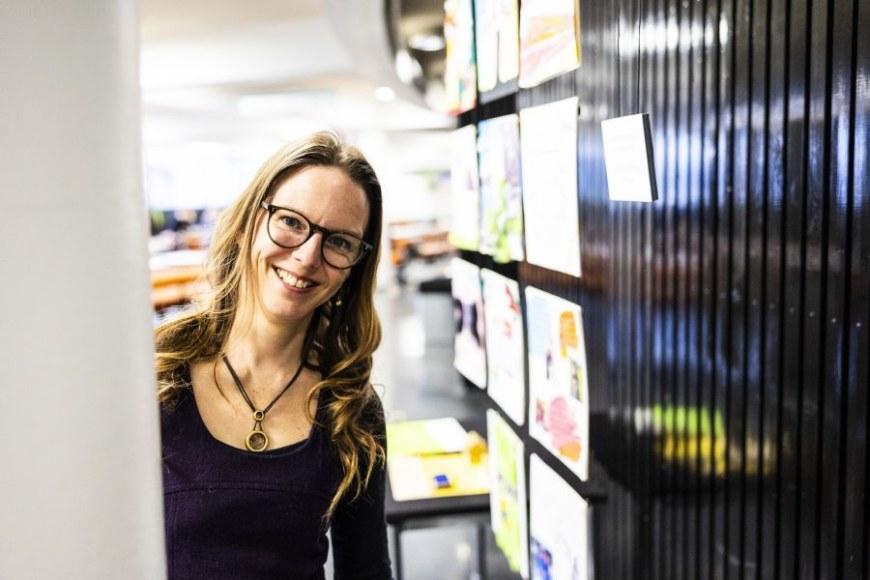Finland attracts fertility treatment patients

“The reason they come to Finland is that Finland is considered a kin nation and the characteristics of Finns are thought as inheritable to some extent,” says Academy of Finland Research Fellow Riikka Homanen from Tampere University.
Last year, Homanen received a five-year funding from the Academy of Finland for a research project that investigates the ethical evaluation involved in reproductive outsourcing i.e. gamete donation and surrogacy, which are a multi-million business. The study is based on interviews and ethnographic fieldwork in private fertility clinics and health care companies that have links to multinational businesses.
A global multi-million business
Cross-border reproductive travel is a multi-million business globally, but still rather modest in Finland. Although fertility treatments are available in Finland, some Finns also travel abroad for treatments. There is hardly any information on their number.
In addition to treatments using donated gametes, Finns also travel abroad for surrogacy, which is forbidden in Finland but whose acquisition from abroad is allowed in principle.
Women often travel to Spain, the Czech Republic and South Africa for donor eggs and to Denmark for donor sperm. Mexico and the United States are among the favourite destinations for surrogate births.
“In Finland, fertility treatments are a small business compared to, e.g., the sperm bank business of Denmark or the donor egg business in Spain or South Africa,” Homanen notes.
In Finland, fertility treatments cost more in private health care than the public. One round of treatments costs approximately €7.000, on top of which come the costs for medication and the possible fees for the cryopreservation of embryos. Egg donors are paid around €250–500 as compensation and they are reimbursed for travel and other costs.
Patients from Nordic countries come to Finland
People coming to Finland for donor egg treatments mostly come from the other Nordic countries, such as Sweden and Norway, where the treatments are hard to get. In Norway, donating eggs is illegal. Sweden does not have a similar network of private clinics as Finland and the age limit is stricter than those in Finnish private clinics.
Some fertility travellers also come from Germany and Austria. One group of treatment seekers are expatriate Finns across the world. Some clients come from Russia, but they mostly use their own gametes in the treatments.
In Finland, public health care has started to do fertility treatments with donor gametes, and treatments using donated gametes are now offered by five university hospitals. Homanen estimates that therapies with donated eggs will continue to focus on private clinics because in public health care, long queues are easily formed, and setting up a gamete bank requires time and resources.
Racialised selection of donor gametes
The selection criteria of gametes vary worldwide according to national legislation and treatment practices. In California, the recipients of gametes can choose a donor based on IQ, university education, and many other characteristics.
In Finland, the Act on Assisted Fertility Treatments emphasises physical resemblance, which is defined as five characteristics: height, eye colour, hair and skin, and ethnic origin.
“Those characteristics are racialising especially because ‘ethnic origin’ is not defined more precisely. At the moment, the clinics are using nationality, old classifications such as Caucasian, and geo-cultural areas like the Nordic countries,” Homanen explains.
Homanen considers it internationally rare that the Finnish legislation determines the practices of matching gamete donors and recipients according to culturally racialised characteristics.
Homanen emphasises that racialisation is not the same thing as racism.
“We humans often racialise each other in situational practices and thoughts without any malice towards other ethnic groups,” she says.
Is racialisation a problem?
“It may cause problems. The Finnish act is racialising, but I would not say that it has a racist agenda. Racialisation can be used for racist purposes like if people think that there must be racial purity because whites are a superior ‘race’,” Homanen says.
Homanen points out that the original purpose of the Finnish act was, in fact, to define gametes donation in a manner that does not support eugenics.
Finns are thought to be kin
Recipients of donor gametes coming from the Nordic countries regard Finns as national kin whose ethnicity they believe to be inheritable.
The intended parents do not get to know anything about the donor from the donor register kept by the National Supervisory Authority for Welfare and Health, but the children born from the treatments may learn the donor’s personal information when they turn 18 years. However, the donor gamete register still seems to give the recipients an assurance that the donors can be traced and his or her characteristics guaranteed.
Clinic staff told Homanen that some recipients of gametes who came from abroad in the years prior to the introduction of the register were concerned that the donors might be Russian. According to Homanen, this tells us where the borders of the kin nations are to be found.
“The gamete recipients wanted to ensure that the ethnic origin of the donors was Nordic as if being Nordic would be directly inherited or not at all. They did not want their offspring to be of Russian origin, whatever that might mean,” Homanen says.
Homanen finds it interesting that the other Nordic countries now consider Finns as related nationals. The situation has been historically different at times, and Finns have not always been regarded as true white Europeans or Scandinavians, but as Mongols from the East. Homanen estimates that the boundaries of whiteness are historically so porous that some nations get to have access to it when they need.
Healthy in Finland, problems elsewhere in the world
The global fertility industry can treat people poorly and neglect the health of gametes donors.
Are the wealthy Nordic people reproductive travellers taking an advantage of vulnerable people?
“That is putting it quite sensationally,” Homanen responds.
In Finland, the situation is much better than in some places. Finland does not allow surrogacy in order to prevent women from being used as the hard labourers of reproductive outsourcing.
The prices of fertility treatments in Finland are not the highest in the world. Regulations also limit donors’ compensation, which in Homanen’s opinion could be higher than a couple of hundred euros.
According to Homanen’s research, the care provided by Finnish clinics is of a good standard, unlike what may be available elsewhere in the world. In Finland, the welfare state also guarantees that in the event of damages, someone always takes responsibility for the consequences.
In some countries, for example, surrogate mothers can be neglected after they have gone through a difficult pregnancy and delivery process, which can lead to a variety of complications.
“I wish that all donors in the world received the same good care as they do in Finland. Although this is a business, ethical aspects are also considered. The Finnish circles are also very small. The boundary between the public and private clinics in Finland is like a revolving door. Professionals in the private sector are likely to also have worked in the public sector,” Homanen points out.
Reproductive travels to palmy beaches
Homanen has researched outsourced reproduction in Finland in her Academy of Finland-funded project and interviewed gamete donors. Her aim is also to interview people coming to Finland for fertility treatments.
In another sub-study Homanen studies Finns’ reproductive travels abroad. Certain foreign places are marketed as holiday destinations with pictures of swimming pools and palmy beaches. Her aim is to travel together with those seeking treatment and to familiarise herself with the treatment practices available at the destination.
In the third sub-project, Homanen examines the business and bioeconomy of fertility treatments. She interviews market players who decide on service delivery and design.
Homanen is also leading a study funded by the Kone Foundation, which analyses the ethical and political work related to the normalisation and controversy of various reproductive technologies. One case is the study of womb related technologies, i.e. artificial wombs and uterine transplantation. In addition, the research topics focus on the fertility disruption of ethnic minorities, health data related to reproduction, and the treatment practices of trans and intersex people.
Text: Heikki Laurinolli
Photograph: Jonne Renvall





